Does gutter cleaning include downpipes? You’ve probably seen the local lad up a ladder clearing a few leaves and calling it a day. But here’s the thing: if that’s all that’s being done, your downpipes are likely copping the brunt of years’ worth of gunk buildup. And when do they block up? Say hello to overflowing gutters, soggy fascia boards, and those dreaded foundation cracks.Let’s break down what gutter cleaning should include — and why your downpipes shouldn’t be left behind
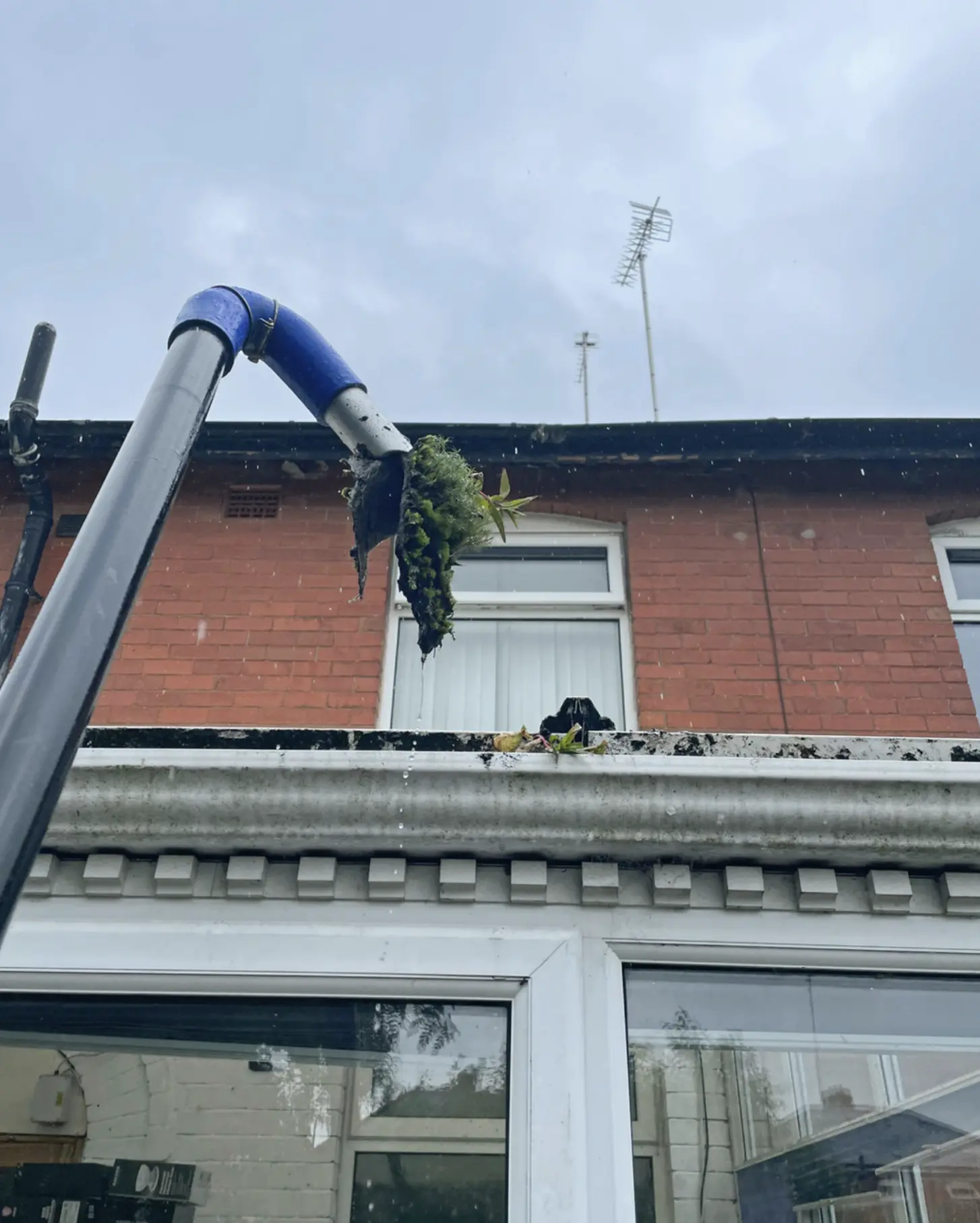
Understanding Gutters and Downpipes
Your gutters and downpipes are like a tag team for stormwater control. The gutters collect the rainwater off your roof, while the downpipes whisk it away from the house. Simple, right? Not when leaves, seed pods, pine needles, moss, and mud get involved. Poor drainage, improper maintenance, and insufficient gutter capacity all lead to trouble.
Here’s the truth: if your gutters are spotless but your downpipes are clogged, the flow of water’s going nowhere fast. It’ll back up, spill over, and eventually rot whatever it can reach — timber, paint, insulation, internal walls, the lot.
The Importance of Cleaning Downpipes
Blocked downpipes are sneaky. You might not notice until it’s too late — like when a summer storm turns your patio into a splash zone. Frequent gutter cleaning and downpipe maintenance help reduce the risk of water damage and costly repairs.
We’ve seen it all:
- Pavers washed out from constant water overflow
- Render stained with tannin-laced water
- Subfloor ventilation is compromised by pooling
- Broken tiles and roofing tiles cracked from runoff pressure
- Excessive water pooling under the roof gutters
If you don’t clear downpipes, you’re not just risking potential water damage. You’re inviting mozzie breeding grounds, dry leaves buildup, and structural damage.
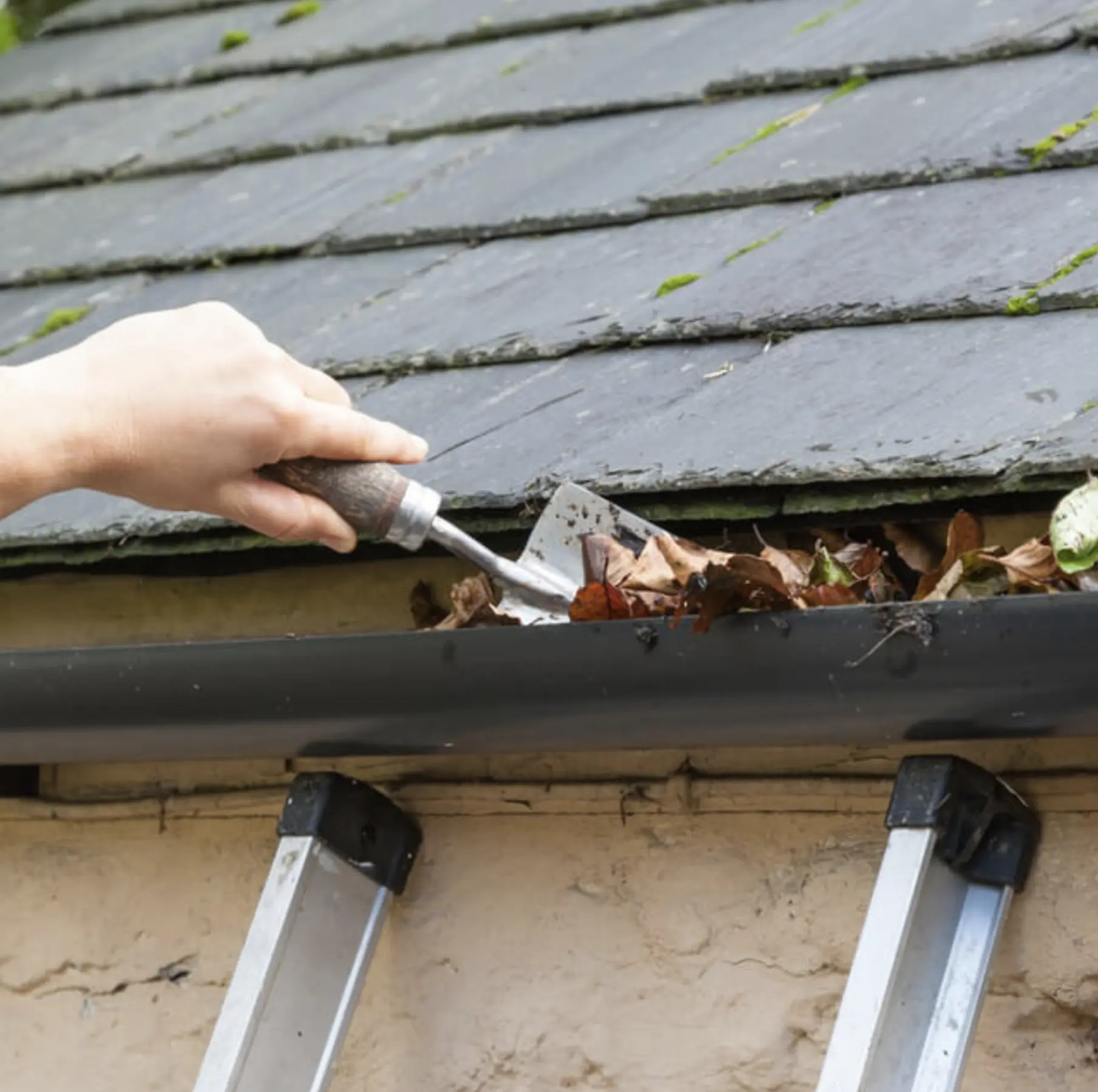
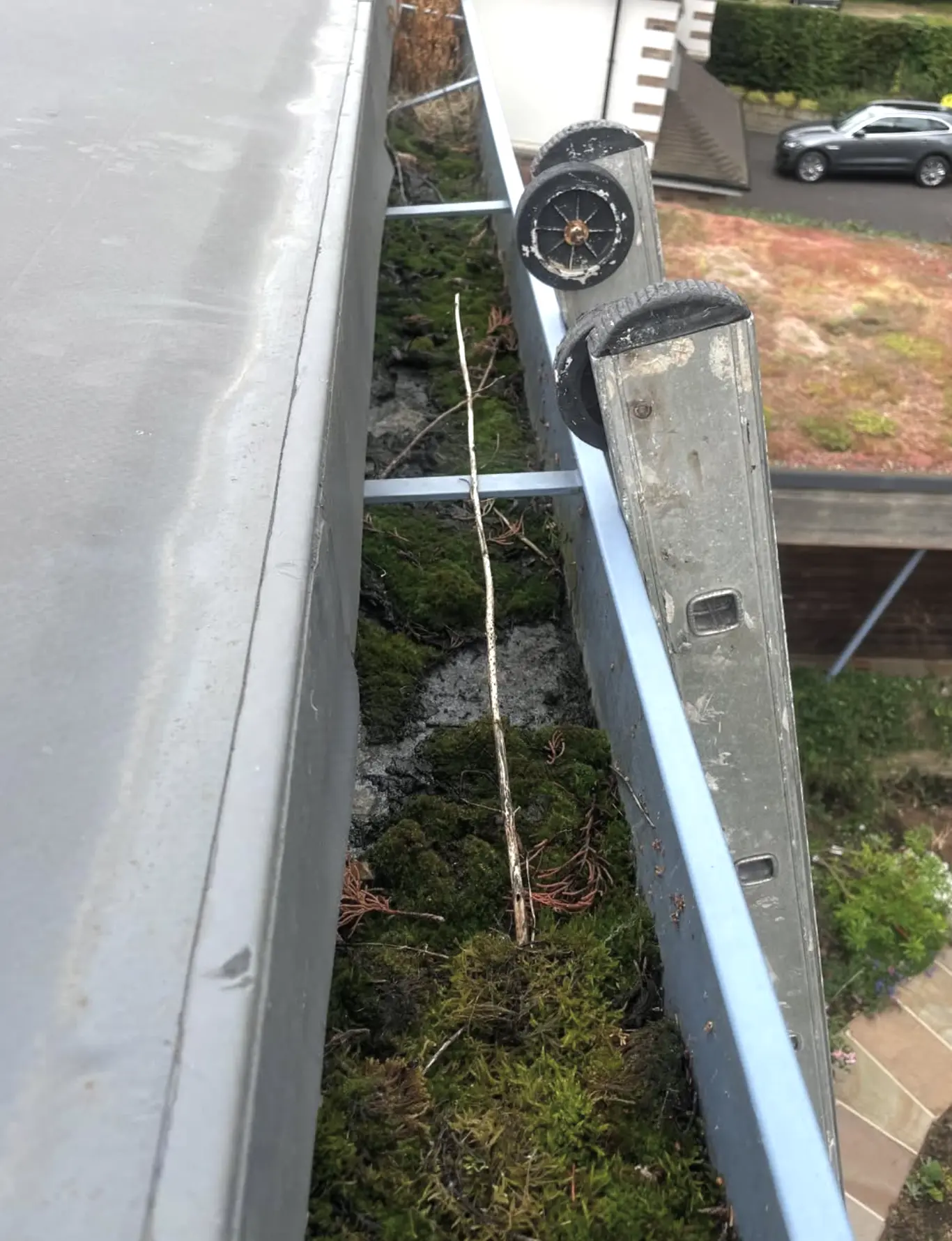
Gutter cleaning should include downpipes
Short answer? It bloody well should.
Any half-decent gutter cleaning service will include flushing out the downpipes as part of the job. We’re not just talking about poking a hose down and hoping for the best. Proper downpipe cleaning means:
- Running clean water through each outlet to check for flow
- Using pressure nozzles, jet rodding or gutter vacuuming if needed
- Clearing junction boxes and downpipe filters (if you’ve got them)
- Making sure your downpipes connect cleanly to your stormwater drainage channel or soakwell
If your gutter cleaner isn’t doing that, you’re only getting half the service.
When to Clean Your Downpipes
What You’re Paying For
When we’re on site, here’s what a full gutter and downpipe service looks like:
- Clearing the gutters — by hand, scraper, or vacuum depending on the type of debris and Gutter type (including Deep flow gutters and gutters above conservatories)
- Inspecting joints and gutter brackets — for leaks, rust, poor installation, or sagging
- Flushing every downpipe — from roof guttering to stormwater outlet
- Checking overflows and spreaders — especially on buildings with parapet walls or in commercial settings
- Bagging and removing debris from gutters — not leaving it in your garden bed or rental property
- Mesh guard and gutter mesh clearing — if you’ve got gutter guards installed
- Roof inspection — checking for broken roof tiles, cracked paint, or accumulated humidity level damage
- Optional: pressure cleaning or solar panel cleaning — if access and weather allow
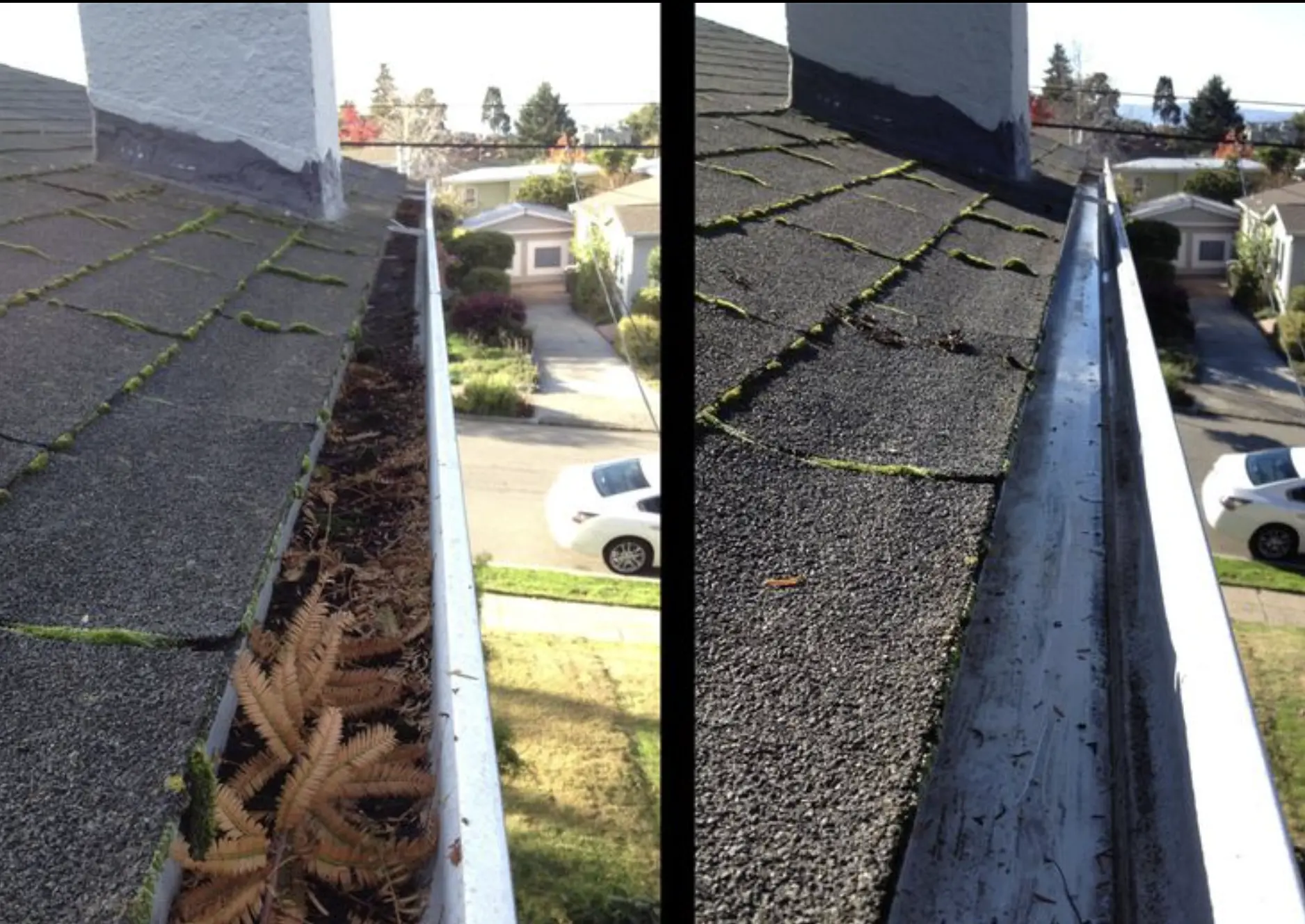
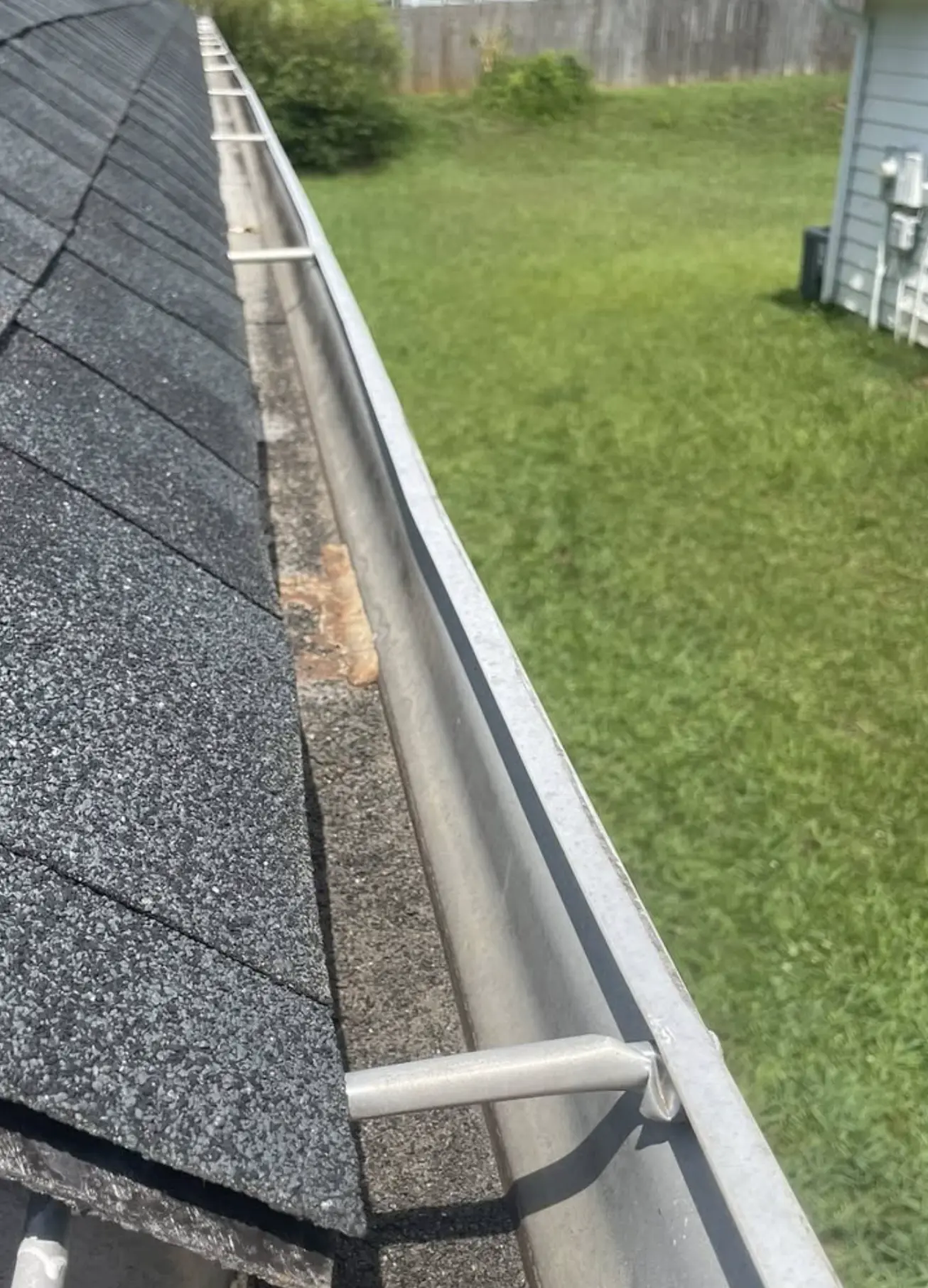
Regions Where Downpipes Clog Fast
- Coastal suburbs — thanks to sea winds blowing salt, sand, and fine debris
- Leafy inner-city areas — plane trees, pine needles, and palm seeds drop relentlessly
- Rainforest-adjacent zones — think FNQ and the NSW north coast
- New developments with poor drainage — especially where landscaping is still settling or gutters tend to overflow
Here’s Why a Pro’s Worth Calling
- Downpipes that look clear but are blocked halfway down
- Broken clips or cracked outlets hidden under debris
- Junctions leading nowhere or poor installation jobs (we’ve seen entire systems not plumbed properly)
- High roofs and odd time access points that are just plain dangerous without proper equipment
- Lack of gutter supports or structural issues in older homes
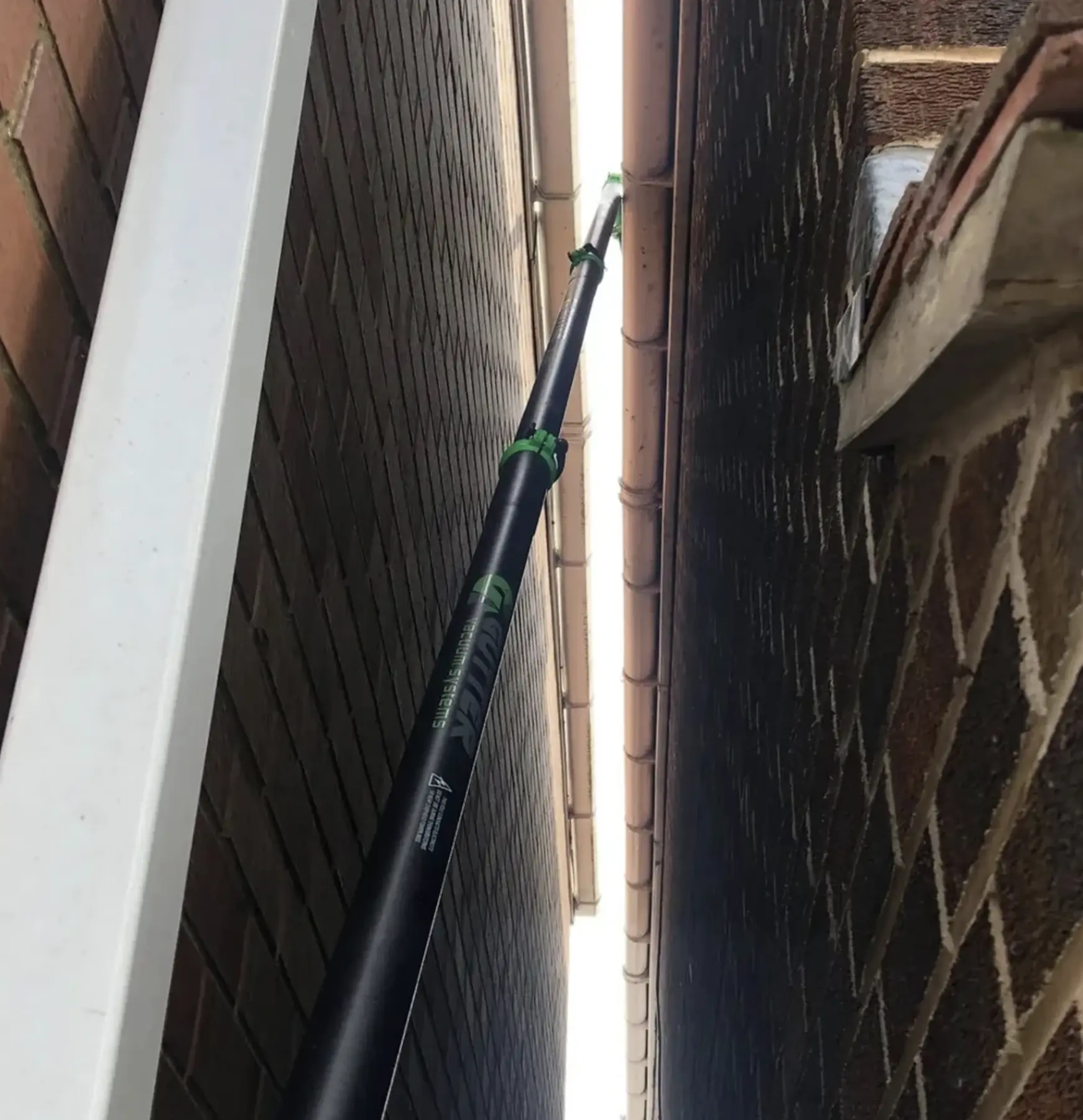
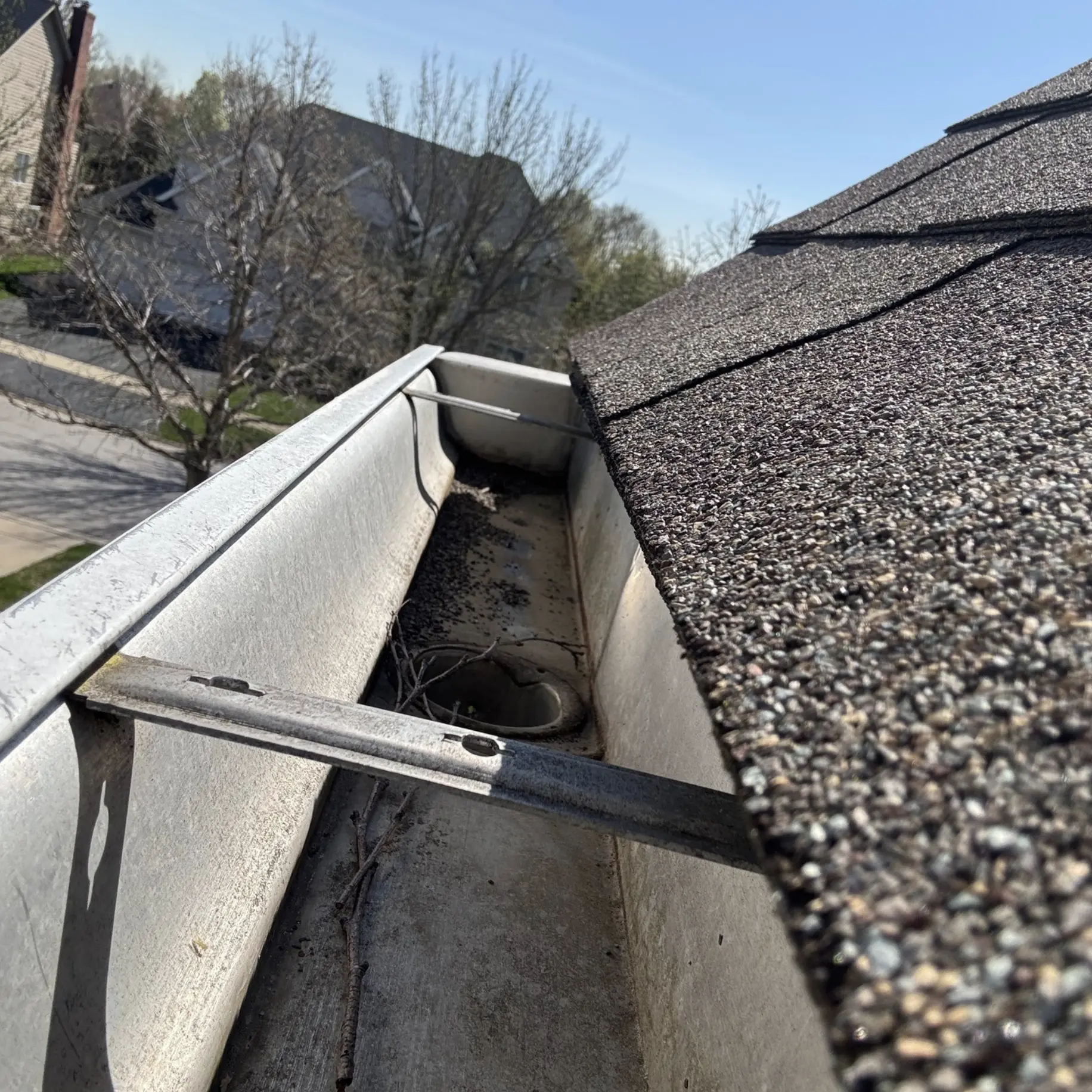
A professional gutter cleaner doesn’t just clean — they inspect. And that means spotting problems before they cost you big. Gutter cleaning professionals come with:
- Public liability insurance in case of accidental damage
- Special tools like telescopic poles, traditional access equipment, and vacuum units
- Experience with commercial properties and residential properties alike
- A reliable service backed by insurance coverage and proper training
Plus, we’re quicker. We’ve got the safety equipment, the vac gear, and the know-how to clear the whole system in one go — gutters, downpipes, roof gutters, stormwater connections and all.
Window Cleaning Melbourne Crew is trusted across Melbourne for honest, no-fuss gutter cleans — downpipes included.
Eco Tips for Downpipe Maintenance
- Install gutter guards and leaf diverters — to keep bigger debris out of the system
- Flush with tap water or tank water every few months — especially after big wind events
- Use a hose with a pressure nozzle — to dislodge early build-up and water vapour blockages
- Avoid bleach or solvents — they’re rough on the system and the environment
- Compost debris — dry leaf litter makes excellent mulch for your garden
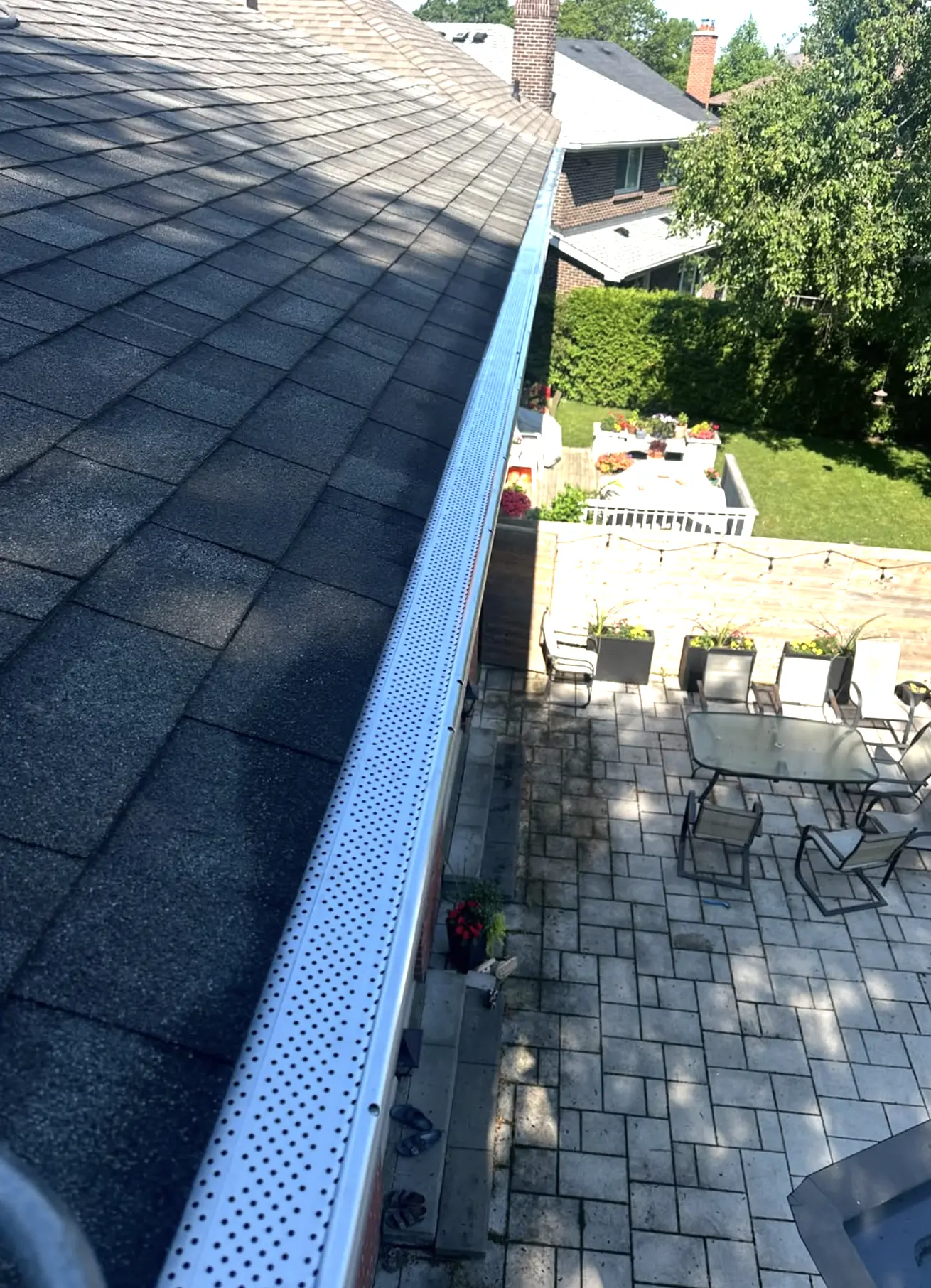
FAQ
How can I tell if my downpipe is blocked?
If water’s overflowing from the gutter during rain or draining slowly, that’s a red flag. You might also hear gurgling sounds or see water pooling near the base — often a sign of stagnant water or blocked rain gutters.
Can I flush my downpipes myself?
Yes, but it depends on the blockage. A hose might do the trick for light debris. For tougher clogs like built-up gutter debris or roofing tile fragments, you’ll need specialised equipment or a professional gutter cleaning service.
Are gutter guards enough to keep downpipes clear?
They help reduce the cleaning frequency, but they’re not foolproof. Fine debris, seed pods, and silt still make their way in — and downpipes can still clog. Regular cleaning is still a must.
What happens if I leave the downpipes blocked for too long?
Expect potential water damage: rotting fascia boards, bubbling paint, rising damp, risk of water damage inside, and even foundation erosion or broken roof tiles.
Do you need council approval to fix downpipes?
Not usually for basic gutter cleaning or simple repairs. But if you’re rerouting or connecting to stormwater mains or altering the installation process, check with your local council or insurance company first.
